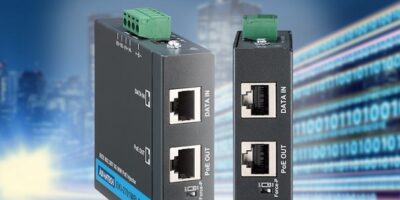A software development kit (SDK) developed by the eSync Alliance supports the integration of electronic control units (ECUs), smart sensors and other edge devices in a vehicle with the eSync OTA platform data pipeline. Automotive OEMs and Tier 1s can configure eSync software to meet device requirements.
The eSync Agent SDK is a downloadable software package that is available to all eSync Alliance members. The SDK includes a template Agent (with libraries), which allows users to create an eSync Agent for a particular edge device. It includes eSync Client software for either a PC or Raspberry Pi device to serve as the master and is licensed for installation on up to five computers. Users can test over the air (OTA) update functionality of systems with a one-month hosted account on an eSync Server, which can extended.
eSync is a software platform for building secure bi-directional data pipelines between the cloud and electronic end devices in vehicles. eSync can deliver and update software and firmware OTA and can collect real-time operational data from in-car devices such as ECUs, domain master ECUs, network gateways and smart sensors.
Mike Gardner, executive director of the eSync Alliance, explained: “Implementing an OTA solution in the automotive arena can be extremely complicated, since there are a great variety of electronic devices on multiple networks inside the car. Integrating all of these devices and their software into a single data pipeline also requires extensive verification The eSync platform provides the standardisation required to make these tasks simpler, and comes with growing industry support from the eSync Alliance.”
The eSync Alliance is an industry initiative to drive a multi-company solution for OTA updates and diagnostics data in automotive electronics. The Alliance is based around the eSync platform of cloud and embedded components, providing a secure data pipeline to devices within a vehicle. By working together in the Alliance, companies benefit from a simplified development environment made possible by a standardised yet customisable open platform.







